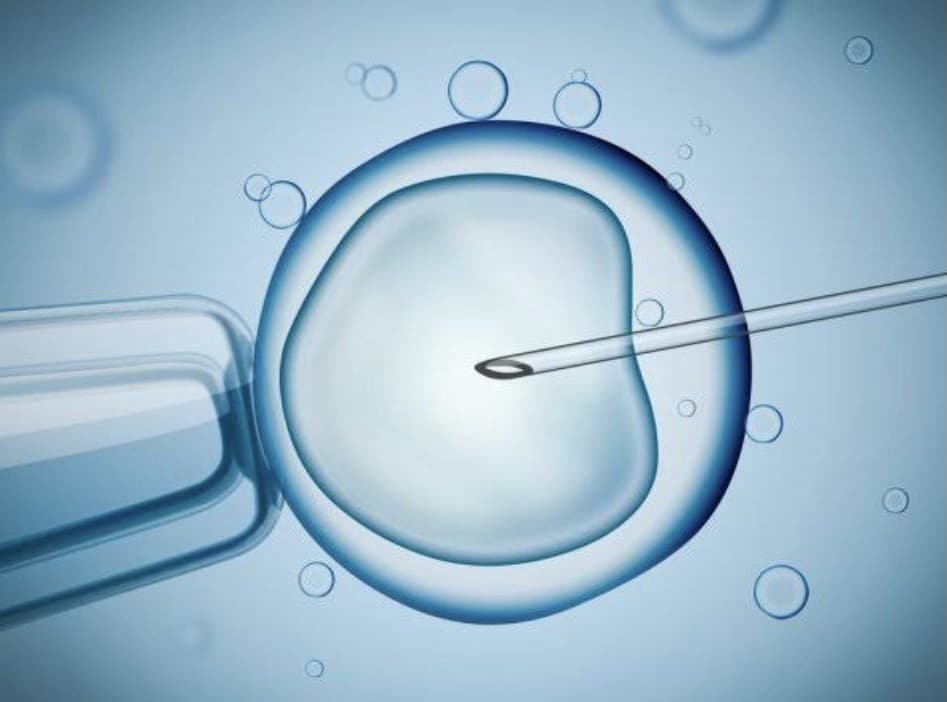IVF in a Nutshell: A Comprehensive Guide to In Vitro Fertilization
In vitro fertilization (IVF) has revolutionized reproductive medicine, offering hope to couples struggling with fertility issues. This advanced assisted reproductive technology involves the fertilization of an egg and sperm outside the body, and it has proven to be a game-changer for many couples worldwide. If you’re considering IVF or simply curious about this procedure, this article will provide you with a comprehensive guide to IVF in a nutshell.
Understanding IVF:
IVF, or in vitro fertilization, is a complex process that involves several stages. It begins with ovarian stimulation, where medications are administered to encourage the development of multiple eggs. During this phase, the patient’s hormone levels and ultrasound are carefully monitored.
Egg Retrieval:
Once the eggs have reached maturity, a minor surgical procedure is performed to retrieve them from the ovaries. This procedure, known as egg retrieval, is usually completed under sedation or anesthesia and is relatively painless. The retrieved eggs are then evaluated for quality.
Sperm Collection and Fertilization:
At the same time, the male partner provides a semen sample, which is processed in the laboratory for sperm isolation and selection. The most active and viable sperm are selected for the fertilization process.
Fertilization and Embryo Development:
The selected sperm and eggs are then combined in a laboratory dish, allowing fertilization to occur. This process can be done through conventional IVF or intracytoplasmic sperm injection (ICSI), where a single sperm is injected directly into the egg. The resulting embryos are closely monitored as they develop over the next few days.
Embryo Transfer:
After careful monitoring, the most viable embryos are selected for transfer into the uterus. This is typically a painless procedure and does not require anesthesia. The number of embryos transferred depends on various factors, including the age of the patient and previous IVF attempts.
The Wait and Pregnancy Test:
Following the embryo transfer, a two-week waiting period ensues, during which patients are advised to avoid stress and excessive physical activity. At the end of the waiting period, a pregnancy test is conducted to determine the success of the IVF procedure.
Success Rates and Emotional Considerations:
IVF success rates vary depending on several factors, including the age of the patient, the cause of infertility, and the quality of the embryos. It is crucial to manage expectations and be aware that multiple IVF cycles may be necessary for a successful pregnancy. Emotional support is vital throughout the IVF journey, and seeking counseling or joining support groups may be beneficial.
In vitro fertilization (IVF) has brought hope to countless couples struggling with infertility, providing them with the chance to experience the joy of parenthood. Understanding the IVF process and its various stages is key to making informed decisions and managing expectations. This article has given you a comprehensive guide to IVF in a nutshell, equipping you with the knowledge to embark on this transformative journey with confidence. Remember, each individual’s fertility journey is unique, and with advancements in reproductive medicine, IVF continues to offer hope to those in need.











